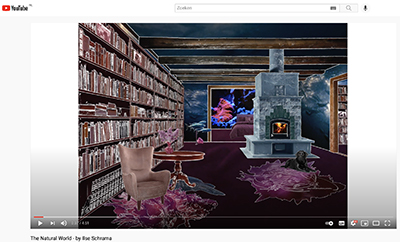ILSE SCHRAMA
PHOTOGRAPHY
BIOGRAPHY
CONTACT
We're part of the natural world (2019 - 2022)
We’re part of the natural world is a series photos about scientists who stand up actively to protect the natural world: they tacitly have joined the growing group of environmentalists and activists committed to the climate crisis and the pressurized environment. The problems with the environment are diverse and complex, varying from the bleaching of the coral reefs, to over-fishing, the extinction of species, the raising of temperature on earth and the loss of biodiversity. David Attenborough has said more often that everything in the natural world is connected and I think a fundamental problem is that no one can oversee and understand the whole.
I wanted to delve into various subjects for a better understanding of the problems and created fictional rooms of scientists and some environmentalists who inspired me on this journey. There is, for example, a room for the natural historian David Attenborough, but also one for primatologist Jane Goodall. I created another one for the atmospheric chemist Paul Josef Crutzen, who played an important role in the understanding of the effects of human activities on the atmosphere. A sober room is made for Pope Francis, who published a long document on the urgency of protecting "our home" and the victims of natural disasters.
The photos are accompanied by quotes expressing ideas about their work and opinions on the general green ideology. I became interested in this spiritual dimension of this green ideology, since there is a certain discourse used when scientists and environmentalists talk publicly about the environmental problems. For example: Greta Thunberg's speeches are woven together with quotes by David Attenborough, Jane Goodall and other experts. And when she says "Our home is on fire" we hear the words of pope Francis who she met in Rome. And the pope in turn, cites in his document about the environment experts instead of religious scientists as he usually does.
Opinions travels from mind to mind, all articulating the urgency to act. The green ideology is a complex set of varying assumptions based on research and observation by scientists who often have spent their lifetime on one specific topic. But more and more they feel the urgency to communicate with the public by accessible books and interviews. They stimulate to think about questions as: why are spiders important to the environment? How could we enlarge biodiversity in our own surroundings? Why are the oceans important for life on earth? Why is too much CO2 in the atmosphere a problem? Everything in the natural world is connected and we need this ideology to allay the trouble we're in.
Filmpje over de serie in het Nederlands, klik hieronder.
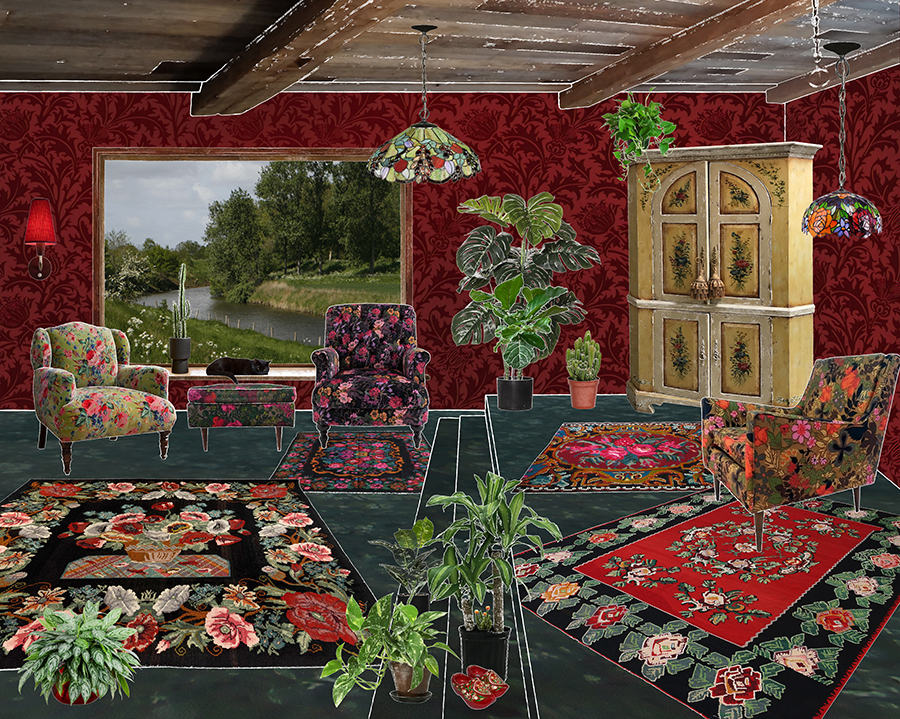
Biologist, ecologist, expert in biodiversity, sustainability and circle economy (Louise Vet).
"We hebben een economie opgebouwd waarin we keihard sturen op het verminderen van diversiteit. Efficiency, kostenreductie, minimale voorraden, één toeleverancier, weinig afzetmarkten. Dat geeft allemaal zwakte in het systeem. Om het toe te lichten met een ecologische metafoor: in veerkrachtige ecologische systemen zitten heel veel kleine verbindingen, waarvan je in eerste instantie misschien zou zeggen dat ze er niet zo veel toe doen. Maar diversiteit geeft risicospreiding. Als het dan een keer misgaat, blijft er altijd wel iets over om mee verder te kunnen. Wij zijn van diversiteit naar monotonie gegaan, van specialisatie naar hyperspecialisatie. Zo hebben we ons heel kwetsbaar gemaakt.”
(Source: Dutch newspaper NRC, 5 juni 2020)
 Natural historian (David Attenborough)
Natural historian (David Attenborough)
“There are some four million different kinds of animals and plants in the world. Four million different solutions to the problems of staying alive.”
“We only know a tiny proportion about the complexity of the natural world. Wherever you look, there are still things we don’t know about and don’t understand, as recent discoveries about, say, the behaviours of pufferfish and peacock spiders prove. There are always new things to find out if you go looking for them.”
"You, me and the rest of the human species are critically dependent on the health of the natural world. If the seas stop producing oxygen we would be unable to breathe, and there is no food that we can digest that doesn’t originate from the natural world. If we damage the natural world, we damage ourselves."
The world population, the cause of all environmental problems, cannot continue to grow, something has to be done. This can be done in two ways: or we can arrange it ourselves, and then it can be done in a humane way. Or we do nothing, and then nature arranges it by means of war or diseases. (paraphrase)
(Sources: www.independent.com, 5th May 2016, 8th May 2017; www.sciencefocus.com, 5th April, 2019; Youtube: People and Planet, 2011)
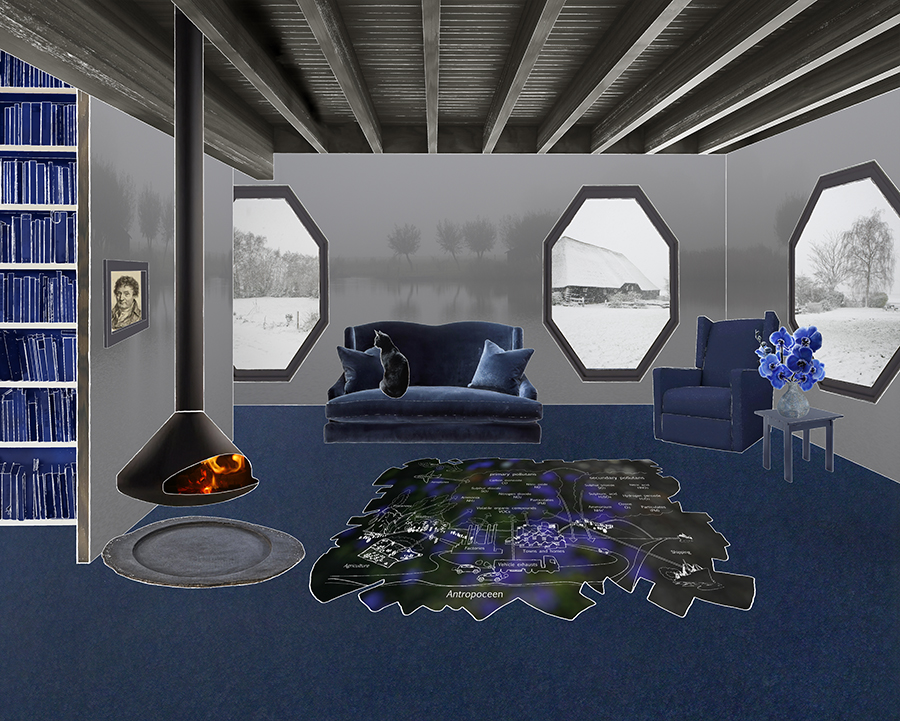 Atmospheric chemist (Paul Josef Crutzen)
Atmospheric chemist (Paul Josef Crutzen)
“My research on our vulnerable atmosphere has really terrified me. /.../ Around 1970 "Scientists in general did not show much interest in the environment then. The general feeling at that time was: 'nature is so big and humankind so small.' Maybe the realization that this assumption was wrong turned me into an “anthropocenist” /.../ 40 years later.”
“Anthropocene means that, in today’s world and for the foreseeable future, what is happening on Earth is strongly determined by what humans do. Humans like you and me are shaping our home planet to a greater degree than other natural processes.”
“If humanity does not change its mode of operation, the future of the Anthropocene might be very short.”
“We definitely must reduce consumption. As Mahatma Gandhi pointed out, the Earth provides enough to satisfy every person’s needs, but not for every person’s greed. In order to accommodate the current Western lifestyle we would need several more Earths, which we will never have.”
(Source: www.environmentandsociety.org, 2013)
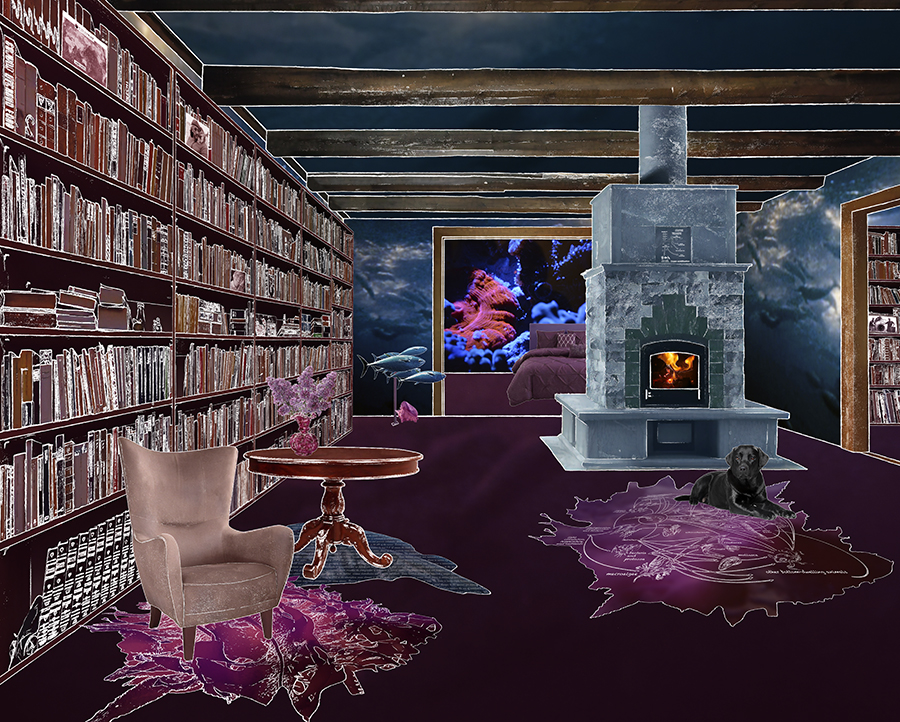 Oceanographer, explorer, author and lecturer (Sylvia Earle)
Oceanographer, explorer, author and lecturer (Sylvia Earle)
I see in my mind's eye a world that has changed enormously, just in my lifetime. Sixty years ago, when I began exploring the ocean, no one would imagine that we could do something to harm it. It was seen to be at that time the sea of Eden. Now we're facing
paradise lost.
About half of the reefs globally have disappeared or are in a state of sharp decline. Then there’s the acidification of the ocean,
overfishing, extinction and extermination; disturbance of the ecosystem; dead zones from fertilization entering the oceans via rivers and the plastic problem.
We are relating the extinction of ocean wildlife to the carbon cycle, which in turn is related to climate change. We have neglected the ocean and it will cost us dearly. Most of the oxygen we breathe is produced by the ocean. The ocean also absorbs much of the carbon dioxide. Without a healthy ocean, there is no healthy planet, no life, no us.
People think the oceans are so big and resilient that it doesn't matter what we do with it. But this ignorance is the biggest problem we face. Large parts of the ocean must be protected so that nature can recover, with hotspots, I call them hope spots.
(Source: paraphrases from the movie 'Mission Blue', www.mission-blue.org)
 Forester and author (Peter Wohlleben)
Forester and author (Peter Wohlleben)
“There are more life forms in a handful of forest soil than there are people on the planet. A mere teaspoonful contains many miles of fungal filaments. All these work the soil, transform it, and make it so valuable for the trees.”
“The trees in a forest care for each other, sometimes even going so far as to nourish the stump of a felled tree for centuries after it was cut down by feeding it sugars and other nutrients, and so keeping it alive. Only some stumps are thus nourished. Perhaps they are the parents of the trees that make up the forest of today. A tree’s most important means of staying connected to other trees is a “wood wide web” of soil fungi that connects vegetation in an intimate network that allows the sharing of an enormous amount of information and goods. Scientific research aimed at understanding the astonishing abilities of this partnership between fungi and plant has only just begun."
“A tree is not a forest. On its own, a tree cannot establish a consistent local climate. It is at the mercy of wind and weather. But together, many trees create an ecosystem that moderates extremes of heat and cold, stores a great deal of water, and generates a great deal of humidity. And in this protected environment, trees can live to be very old. To get to this point, the community must remain intact no matter what."
“If we want to use forests as a weapon in the fight against climate change, then we must allow them to grow old.”
(Source: Peter Wohlleben, The hidden life of trees: What they feel, how they communicate - discoveries from a secret world. (2017)
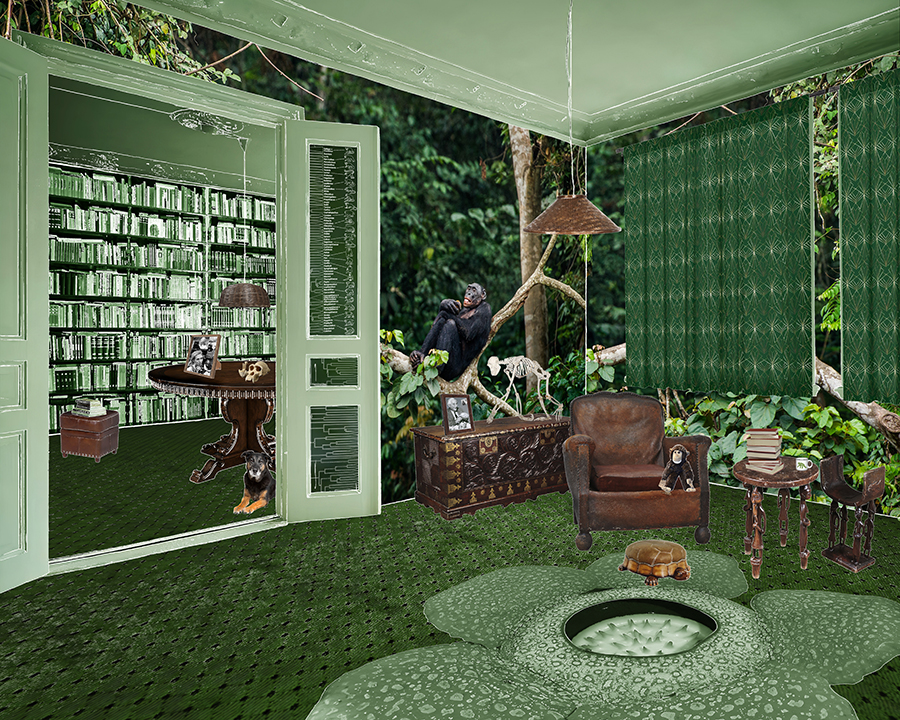 Primatologist and expert on chimpanzees (Jane Goodall)
Primatologist and expert on chimpanzees (Jane Goodall)
"Of all the things I learned during my years in the rainforest of Gombe Stream National Park in Tanzania conducting my research into the behavior of chimpanzees, one of the most important is how all life is interconnected. Every species has a role to play in the complex web of life. As an example, deforestation in the Congo Basin, the Amazon, and the tropical forests of Asia may seem unimportant to people in the United States or Europe, yet the loss of these forests (as well as other ecosystems) is altering global weather patterns and affecting people in all parts of the world. We humans are part of the natural world—we relate to each other and with all the other animals who inhabit the planet with us. Similarly, in many parts of the world, people may not know—or care—about the little animal called a pangolin (or scaly anteater). But that changes once they know the role that pangolins probably played in the emergence of the current pandemic of the novel coronavirus, COVID-19."
"The global demand for wildlife, the destruction of the natural world, and the spread of diseases are already having a catastrophic effect on the world as we know it. We are in the midst of the Sixth Great Extinction, the balance of nature has been disturbed, and the suffering of humans and other animals has increased. It’s hard to really grasp the extent of the damage. Just as it is true that we tend to think about the suffering of humans as collections of people—refugees, child laborers, the homeless—rather than the suffering of the individuals comprising those groups, so too do people seldom think about the suffering of individuals when we talk of threatened wildlife species. But each individual animal of a species, like each human, is important."
(Source: article by Jane Goodall at Slate.com April 2020)
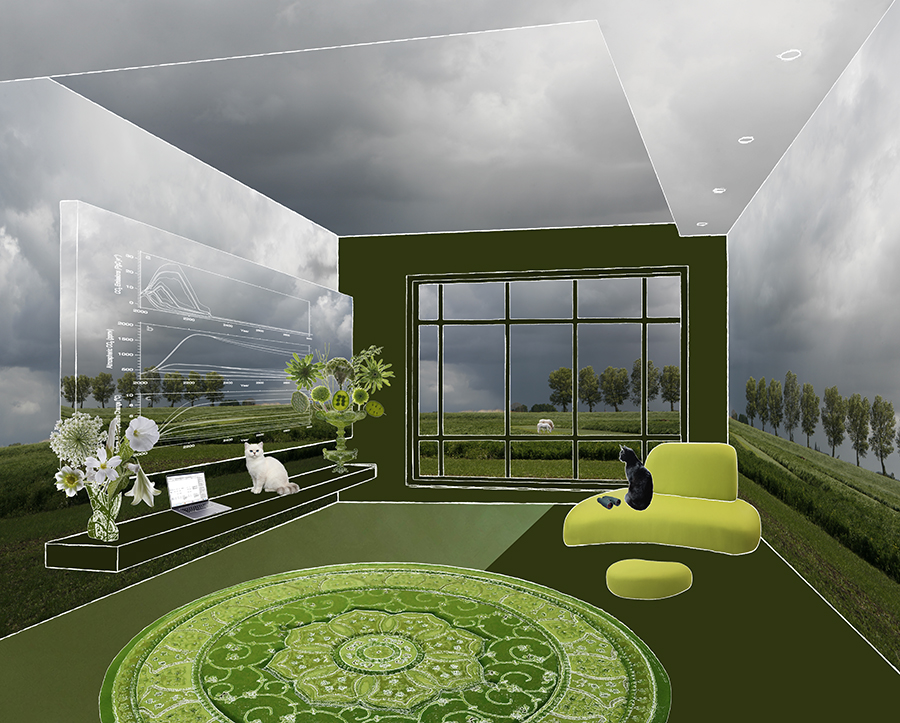 Climate scientist, atmospheric chemist (Bart Verheggen)
Climate scientist, atmospheric chemist (Bart Verheggen)
Climate inertia
"Imagine you’re on a supertanker that needs to change its direction in order to avoid a collision. What would you do? Would you continue going full steam ahead until you can see the collision object right in front of you? Or would you try to change course early, knowing that changing a supertanker’s course takes a considerable amount of time? The supertanker’s inertia means that you have to act in time if you wish to avoid a collision."
"The climate system also has a tremendous amount of inertia built in. And like with the supertanker, this means that early action is required if we want to change the climate’s course. This inertia is a crucial aspect of the climate system, both scientifically but also societally."
"Why is it so important? Because intuitively many people might think that as soon as we have substantially decreased our CO2 emissions (which we haven’t), the problem will be solved. It won’t, not by a very long shot. Even if we reduce CO2 emissions to zero over a realistic timeframe, the CO2 concentration in the atmosphere – and thus also the global average temperature- will remain elevated for millennia."
"The total amount of carbon we put in the atmosphere over the course of a few hundred years will affect life on this planet for hundreds of thousands of years. And if we want to reduce the amount of warming that we commit the future to, we need to reduce our carbon emissions sooner rather than later. The longer we postpone emission reductions, the stronger those emissions reductions would need to be in order to have the same mitigating effect on long-term warming. That’s why climate inertia is so important."
(Source https://ourchangingclimate.wordpress.com, August 9, 2016)
Zie ook:
Bart Verheggen's boek ‘Wat iedereen zou moeten weten over klimaatverandering' (2020).

The climate sailor (Greta Thunberg)
"No one is too small to make a difference."
“Entire ecosystems are collapsing. We are in the beginning of a mass extinction. And all you can talk about is money and fairytales of eternal economic growth. How dare you!”
“Adults keep saying: “We owe it to the young people to give them hope.” But I don’t want your hope. I don’t want you to be hopeful. I want you to panic. I want you to feel the fear I feel every day. And then I want you to act. I want you to act as you would in a crisis. I want you to act as if our house is on fire. Because it is.”
(Sources: speech UN Climate Action Summit, 23 September 2019; www.theguardian.com, 25 January 2019)
 Plant biologist and geneticist (Joanne Chory)
Plant biologist and geneticist (Joanne Chory)
“We have to find a way to take CO2 out of the atmosphere and I think plants are the only way to do that affordable.”
“Plants evolved to suck up CO2 and they’re really good at it. And they concentrate it, which no machine can do, and they make it into useful materials, like sugar. They suck up all the CO2, they fix it, then it goes back up into the atmosphere.”
She and her team is working to design plants capable of storing more carbon dioxide in their roots. On a large scale, this could suck enough carbon out of the atmosphere to slow down climate change.
(Source: www.thequardian.com 17 april 2019)
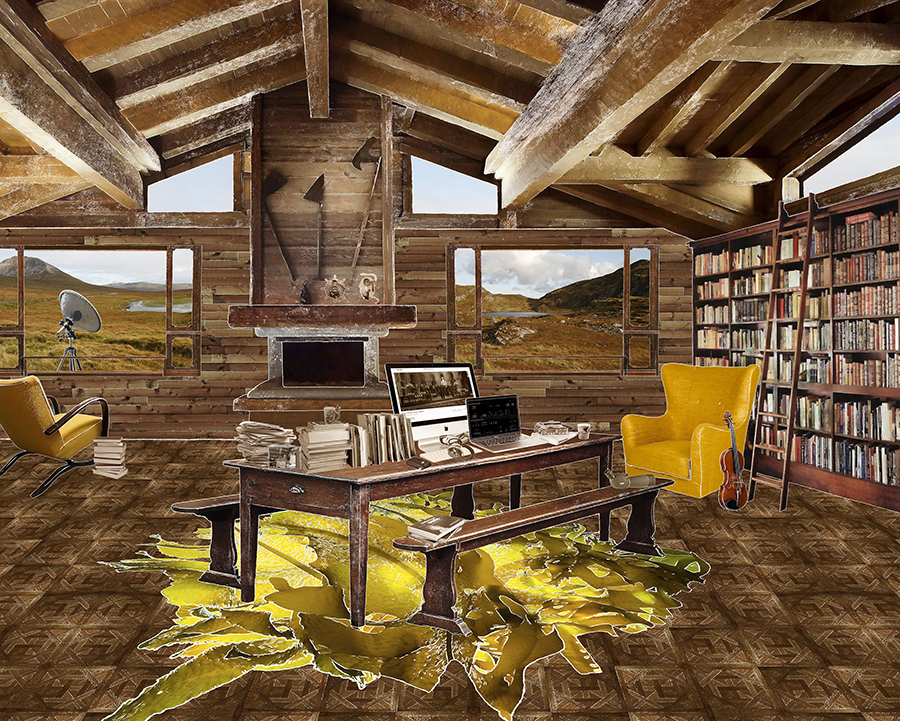
Wildlife recordist, ornithologist and author (Magnus Robb)
"Like a crescent moon in a bright blue sky, an owl can evade discovery without even trying. Take away the daylight, the scattered clouds, the landscape and the face of a companion, the moon will be no brighter than before, but because there are fewer distractions it will be hard to miss. With an owl, the distraction is noise. Machinery and traffic, talking and barking, turbulent wind and water, it need not be deafening. Just enough to clutter our minds. Clear it away and a distant owl may resonate with the very core of our being.
Under a full moon we can see forests and rocks, creatures and almost any decent sized objects in our surroundings. Arguably, we are just seeing moonlight reflected off those objects, reaching us along myriad pathways and after all, the moon itself is only reflecting the sun. When a distant owl hoots, its sound ‘illuminates’ the surroundings. We never think of it this way, but countless owl-echoes allow us to ‘hear’ trees, fields and cliffs. We may not perceive each item separately but when blurred together, they form an integral component of an owl’s sound."
(Source: Undiscovered Owls, a Sound Approach Guide, Magnus Robb & The Sound Approach, 2015)
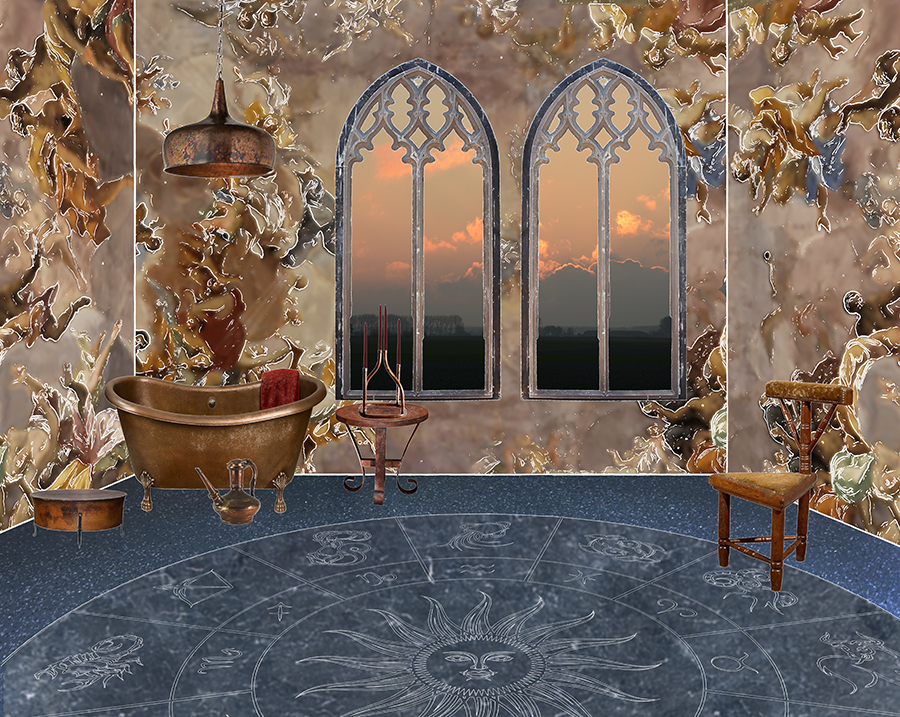 Pope Francis
Pope Francis
“The earth, our home, is beginning to look more and more like an immense pile of filth. In many parts of the planet, the elderly lament that once beautiful landscapes are now covered with rubbish. Industrial waste and chemical products utilized in cities and agricultural areas can lead to bioaccumulation in the organisms of the local population, even when levels of toxins in those places are low. Frequently no measures are taken until after people’s health has been irreversibly affected.”
“Each community can take from the bounty of the earth whatever it needs for subsistence, but it also has the duty to protect the earth and to ensure its fruitfulness for coming generations.”
(Source: Encyclical letter Lautdato Si’, on care for our common home (2015), a 84 pages document about the environment.)
 Biologist, arachnologist, expert in biodiversity, policymaker (Mark Alderweireldt)
Biologist, arachnologist, expert in biodiversity, policymaker (Mark Alderweireldt)
As a policymaker for climate, environmental and nature policy in the province of East-Flanders, it is a constant compromise between the various interests of citizens, nature and the planet. An unsolvable problem is caused by the permanent pressure on the spatial environment: East-Flanders is a densely populated area. If there should be more windmills, the question is: where can they be placed? If wild bees, spiders, insects in general deserve extra attention, how could this be translated into policy? Every new development quickly becomes a labyrinth of conflicts. Whether a city that wishes to expand, the creation of a nature reserve, the habitat for wolves, protection of birds or horse riders and joggers who want a path through a forest. It is in the nature of man to defend his own interests above all, and these usually do not serve the general interest of the earth. CO2 must be reduced, but humans continue to emit, rather more than less. How can this problem be positively turned into sustainability? These kinds of issues make climate, environmental and nature policy, perhaps one of the most complex policy areas currently available.
(Source: this is not a quote, but information based on personal contact)
 Self portrait
Self portrait
Scientists and activists stimulate to think about our home, the planet. We're with many, humanity has exploded the last century, it is a curve that goes straight up, only in my life there has been a growth of more than 4 billion people. David Attenborough has pointed out several times the problem of overpopulation, adding that it is a taboo to talk about it.
But there is also hope, he says. Women who can receive education have fewer children, food can grow more efficiently, creating more space for other animal species, the energy transition is in full swing, the circular economy is on the rise, more attention is being paid to the vulnerability of nature. There is a growing awareness that everything is connected to everything on our planet.
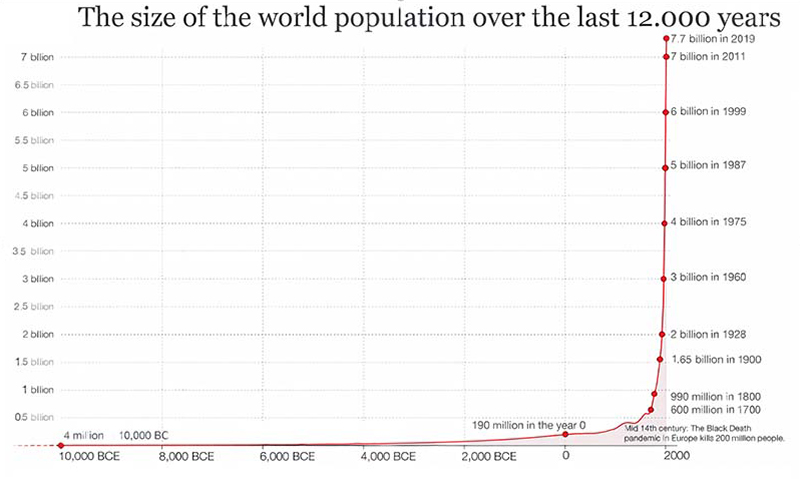
ILSE SCHRAMA
